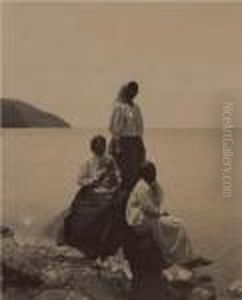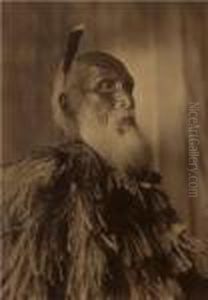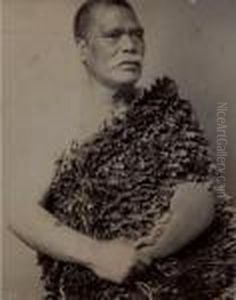William Thomas Partington Paintings
William Thomas Partington was a British artist known primarily for his landscape paintings. Born in 1842 in Astley, Lancashire, England, Partington developed a keen interest in the arts at a young age. During his lifetime, he witnessed the profound changes of the Victorian era and the transition into the 20th century, which influenced the art world significantly.
Partington's early life is not extensively documented, but he likely received some form of artistic training to develop his skills. He became proficient in watercolors and oils, which he used to depict the English countryside, favoring the areas of North Wales and the Lake District. His landscapes are characterized by a meticulous attention to detail and a deep appreciation for the natural beauty of the British landscape.
Unlike many of his contemporaries who were influenced by the Impressionist movement, Partington's style remained more traditional, focusing on realism and the accurate rendering of the scenes he witnessed. He exhibited his work at various institutions, including the Royal Academy and the Royal Society of British Artists, which helped him gain recognition among art circles and collectors.
Throughout his career, William Thomas Partington remained dedicated to his craft, producing a substantial body of work that captured the serene and pastoral qualities of the English countryside. His paintings often include rural settings, with an emphasis on the harmonious relationship between the land and its inhabitants. Partington’s work is a testament to the enduring appeal of the landscape genre in British art during the late 19th and early 20th centuries.
William Thomas Partington passed away in 1930, leaving behind a legacy as a landscape painter who contributed to the preservation of the British rural aesthetic through his art. Today, his works can be found in various art collections, appreciated for their tranquil beauty and historical value, offering a window into the landscapes of a bygone era.


